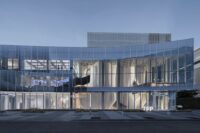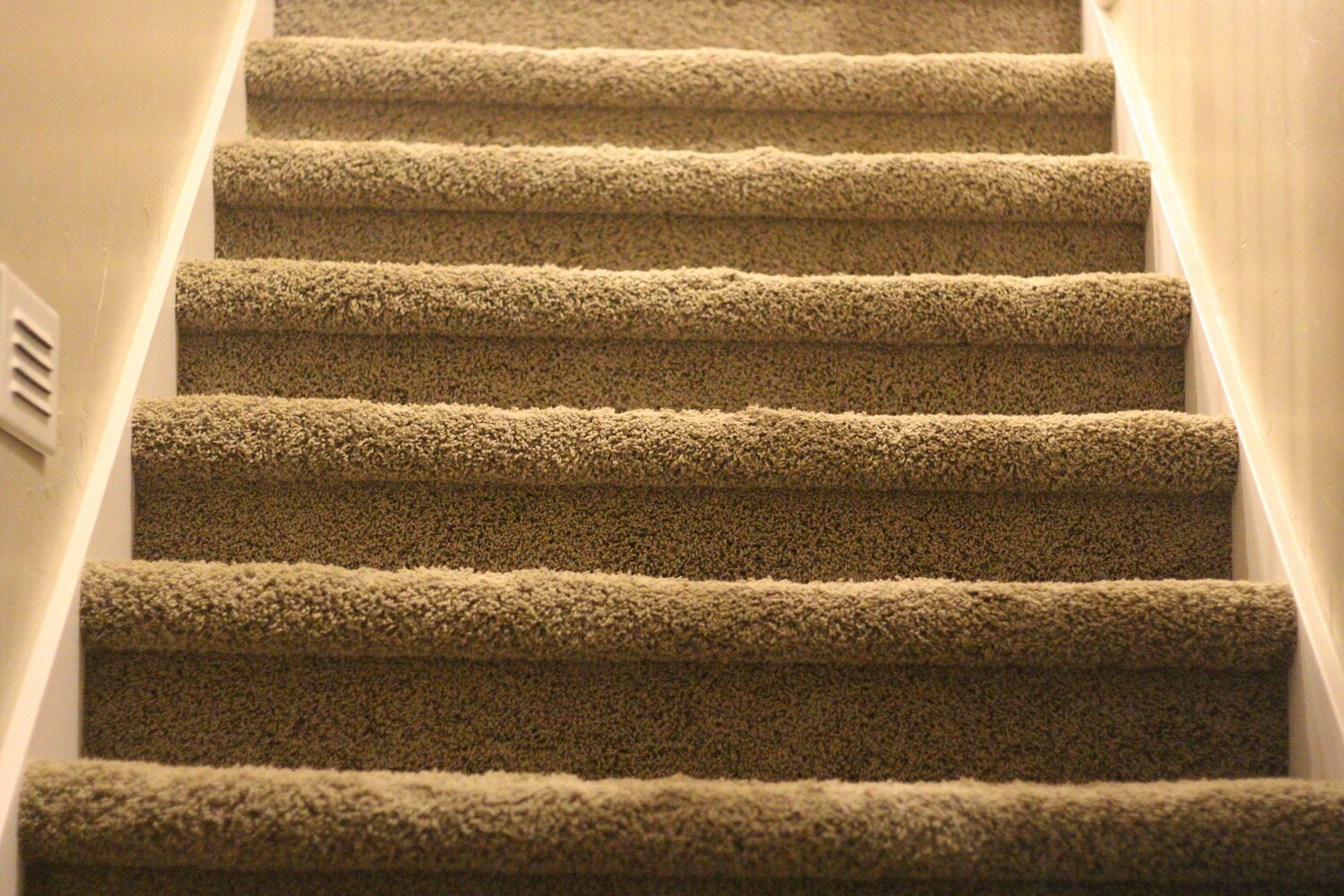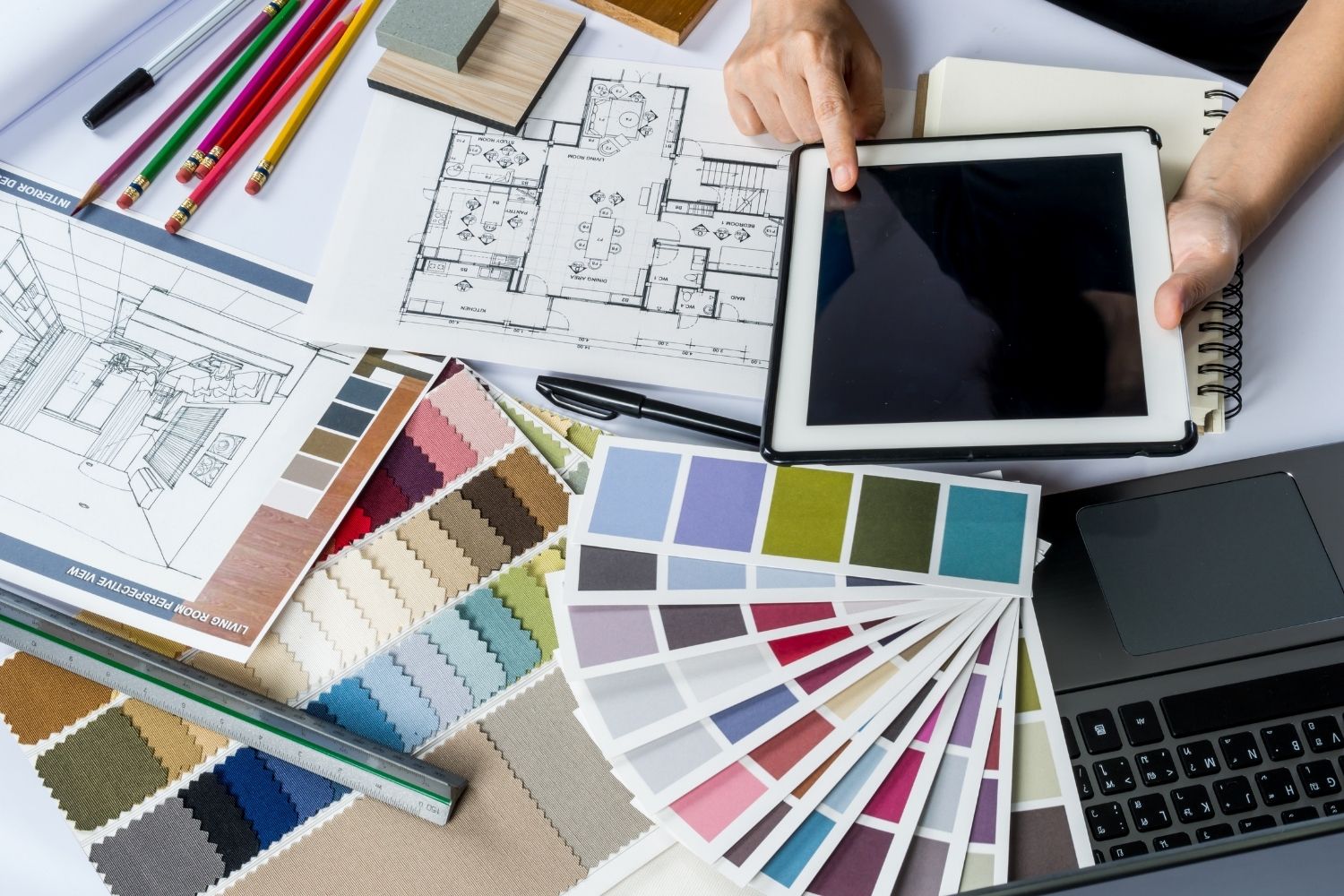- Home
- Articles
- Architectural Portfolio
- Architectral Presentation
- Inspirational Stories
- Architecture News
- Visualization
- BIM Industry
- Facade Design
- Parametric Design
- Career
- Landscape Architecture
- Construction
- Artificial Intelligence
- Sketching
- Design Softwares
- Diagrams
- Writing
- Architectural Tips
- Sustainability
- Courses
- Concept
- Technology
- History & Heritage
- Future of Architecture
- Guides & How-To
- Art & Culture
- Projects
- Interior Design
- Competitions
- Jobs
- Store
- Tools
- More
- Home
- Articles
- Architectural Portfolio
- Architectral Presentation
- Inspirational Stories
- Architecture News
- Visualization
- BIM Industry
- Facade Design
- Parametric Design
- Career
- Landscape Architecture
- Construction
- Artificial Intelligence
- Sketching
- Design Softwares
- Diagrams
- Writing
- Architectural Tips
- Sustainability
- Courses
- Concept
- Technology
- History & Heritage
- Future of Architecture
- Guides & How-To
- Art & Culture
- Projects
- Interior Design
- Competitions
- Jobs
- Store
- Tools
- More
Building the Future: The Revolutionary Impact of 3D Printing in Architecture

In a world constantly seeking innovation and efficiency, architecture finds a groundbreaking ally in 3D printing technology. This synergy not only redefines the boundaries of design and construction but also heralds a new era of sustainability and creativity. The essence of 3D printing in architecture transcends mere novelty; it’s a transformative force reshaping the very foundation of how structures are conceived, designed, and erected.
Table of Contents
ToggleWhat Is 3D Printing in Architecture?
3D printing, often referred to as additive manufacturing, revolutionizes traditional architectural processes by layering materials to create three-dimensional structures from digital models. This technique offers unparalleled precision, versatility, and speed, allowing architects and builders to push the limits of design while optimizing resources and reducing waste. At its core, 3D printing in architecture is the embodiment of technological advancement merging with artistic vision to craft the spaces of tomorrow.
How Has 3D Printing Transformed the Architectural Industry?
The journey of 3D printing within the architectural realm is marked by continuous innovation and milestones that challenge conventional construction methodologies. From the initial experiments with small-scale models to the construction of fully habitable structures, the evolution of 3D printing in architecture mirrors the industry’s growing confidence in this technology. This historical progression underscores a paradigm shift towards more efficient, sustainable, and creative architectural practices.
What Are the Types of 3D Printing Technologies Used in Architecture?

3D printing types in architecture employ various technologies, each with its unique capabilities and applications:
- Fused Deposition Modeling (FDM): Melts and extrudes thermoplastic filaments to layer by layer construct objects.
- Stereolithography (SLA): Uses ultraviolet light to harden liquid resin into solid plastic layer-by-layer.
- Selective Laser Sintering (SLS): Fuses small particles of polymer, metal, or ceramic powders using a high-power laser.
Each technology offers distinct advantages, from the robustness of FDM in creating structural components to the precision of SLA in detailed architectural models, and the versatility of SLS in utilizing a wide range of materials.
Which 3D Printing Materials Are Commonly Used in Architecture?
The choice of materials in 3D printing is critical, with each offering unique benefits:
- Plastics: Versatile and widely used for models and functional components.
- Resins: Provide high detail and finish quality for intricate designs.
- Metals: Used for components requiring strength and durability.
- Concrete: Enables the printing of large-scale structural elements directly on-site.
The selection of materials is guided by the project’s specific requirements, including durability, aesthetics, and structural integrity.
How Does 3D Printing Enhance Architectural Design Processes?
3D printing has revolutionized the architectural design phase, enabling rapid prototyping and experimentation. Architects can now visualize and refine their concepts with unprecedented speed, moving seamlessly from digital models to physical prototypes. This immediate feedback loop accelerates the design process, encouraging innovative solutions and customizations that were previously impractical or cost-prohibitive.
Can 3D Printing Facilitate Customization in Architecture?
Indeed, 3D printing stands as a beacon of customization in architecture, offering the ability to tailor designs to the exact specifications and needs of the users. From bespoke façade patterns to personalized interior details, the technology enables a level of personalization that fosters a deeper connection between the inhabitants and their environment.
How Does 3D Printing Support Sustainable Architecture?
Sustainability is at the heart of 3D printing in architecture, manifested through material efficiency, reduced waste, and the potential for recycling. The precision of additive manufacturing ensures that materials are used optimally, with minimal surplus. Furthermore, the ability to print with eco-friendly materials, including recycled plastics and green concrete, underscores the technology’s role in promoting sustainable construction practices.
What Are the Advantages of 3D Printing in Architecture?
The advantages of 3D printing in architecture are manifold, offering transformative potential across various aspects:
- Cost efficiency: Reduces material waste and streamlines the construction process.
- Speed of construction: Enables rapid prototyping and building, accelerating project timelines.
- Design flexibility: Facilitates complex geometries and bespoke designs previously considered unfeasible.
- Sustainability: Promotes environmentally friendly practices through efficient material use and recyclability.
- Innovation in forms and structures: Unlocks new possibilities in architectural design, challenging traditional aesthetics and functionality.
Are There Any Challenges or Limitations of 3D Printing in Architecture?

Despite its advantages, 3D printing in architecture faces several challenges:
- Technical limitations: Certain architectural scales and complexities may be beyond current technological capabilities.
- Material constraints: Not all construction materials are suitable for 3D printing, limiting the range of applications.
- Scale limitations: Larger projects require significant advancements in printing technology and materials.
- Regulatory and standardization issues: The innovative nature of 3D printing outpaces current building codes and standards, necessitating new frameworks for approval and implementation.
How Are These Challenges Being Addressed?
The architectural and engineering communities are actively researching solutions to these challenges, focusing on technological advancements, material science innovations, and regulatory adaptations. Collaboration among industry stakeholders is key to unlocking the full potential of 3D printing in architecture.
What Are the Steps Involved in 3D Printing an Architectural Structure?

The process of 3D printing an architectural project involves several critical stages:
- Design and modeling: Creating a detailed digital model suitable for 3D printing.
- Material selection: Choosing appropriate materials based on the project’s requirements.
- Printing process: Executing the print based on the finalized design and materials.
- Post-processing and finishing: Refining the printed structure through surface finishing, assembly, and detailing.
How to Prepare a Design for 3D Printing?
Preparing a design for 3D printing entails several considerations:
- Structural integrity: Ensuring the design can withstand the intended loads and stresses.
- Material compatibility: Selecting materials that are suitable for the printing process and the project’s needs.
- Aesthetic aspects: Considering how the design’s visual elements translate into the printed structure.
Case Studies: Innovative 3D Printed Architectural Projects
Several pioneering projects demonstrate the capabilities and potential of 3D printing in architecture:
The World’s First 3D Printed Office Building
Located in Dubai, this project showcases the practical applications of 3D printing in creating functional office spaces with reduced labor and material costs.
Eco-friendly Residential Structures
These projects emphasize sustainability, utilizing recycled materials and energy-efficient designs to create comfortable living spaces.
Large-scale Urban Developments
Emerging projects explore the scalability of 3D printing, envisioning its role in future urban landscapes and infrastructure.
The Future of 3D Printing in Architecture

The future of 3D printing in architecture is bright, with ongoing research and development paving the way for advanced materials, more sophisticated printing technologies, and innovative design methodologies. This evolution promises to further enhance the efficiency, sustainability, and creativity of architectural projects, ultimately transforming the way we conceive and construct our built environment.
How Can Architects and Builders Get Started with 3D Printing?
For architects and builders interested in exploring 3D printing, the journey begins with understanding the technology’s capabilities and limitations. Engaging with communities of practice, participating in workshops and seminars, and experimenting with small-scale projects can provide valuable insights and experience.
Conclusion
3D printing stands at the forefront of a revolution in architecture, offering a new paradigm of design and construction characterized by innovation, customization, and sustainability. As the technology continues to evolve, its transformative potential will further unfold, reimagining the future of our built environment in profound and exciting ways. This journey, marked by challenges and opportunities, invites architects, designers, and builders to explore the bounds of their creativity and to contribute to the shaping of a more sustainable, efficient, and imaginative world.
illustrarch is your daily dose of architecture. Leading community designed for all lovers of illustration and #drawing.
Submit your architectural projects
Follow these steps for submission your project. Submission FormLatest Posts
Tips for Using Runners to Transform Hallways and Spaces
Hallways work hard. They handle daily foot traffic, muddy shoes, and the...
Essential Architecture Tools in 2026: Software, AI, and Physical Equipment
Architecture in 2026 demands more than design talent alone. From BIM and...
Light of Tomorrow by VELUX 2026
This competition encourages architects to design visionary spaces where natural light drives...
Top 10 Online Platforms to Find Apartments for Rent in San Antonio
San Antonio, Texas, with its vibrant culture, historical landmarks, and strong job...











Leave a comment